With the view that the state, businesses, and people work together in tourism, the Prime Minister requested that chairmen of provinces and cities change their thinking and create conditions for the development of the night-time economy .
The Conference on Rapid and Sustainable Development of Vietnam Tourism was chaired by Prime Minister Pham Minh Chinh in Hanoi this morning. The conference was attended by many leaders of ministries, sectors, and localities via online form and representatives of large enterprises in the tourism sector.
Developing the night-time economy associated with tourism is one of the topics that many people mention.
The Project to Develop a Number of Night Tourism Product Models in 12 Famous Destinations was issued by the Ministry of Culture, Sports and Tourism in July. By 2025, Hanoi, Quang Ninh, Hai Phong, Thua Thien Hue, Da Nang, Khanh Hoa, Hoi An (Quang Nam), Da Lat (Lam Dong), Can Tho, Phu Quoc (Kien Giang), Ho Chi Minh City, and Ba Ria - Vung Tau will strive to have at least one model for developing night tourism products. Hanoi, Da Nang, and Ho Chi Minh City are required to form separate night entertainment complexes.
In addition to the goal of increasing the number of tourists and increasing spending, the project also aims to extend the length of stay (at least one more night) of domestic and international tourists, contributing to making night tourism a key product to develop the night-time economy in Vietnam.
But from a business perspective, Mr. Nguyen Quoc Ky, Chairman of the Board of Directors of Vietravel, said that "we have talked a lot about the night economy, but we need to position the night economy as a daytime economy with specific characteristics."
According to him, currently, localities are still facing difficulties and confusion in implementation, mostly building walking and dining streets, not fully utilizing the strengths of culture, history, country, people, especially the customs of the people. "This limits our ability to exploit," said Mr. Ky.
Speaking at the conference, Prime Minister Pham Minh Chinh requested that Chairmen of People's Committees at all levels direct innovation in tourism management and development thinking, creating favorable conditions for the development of the night-time economy associated with tourism under the motto "State, enterprises, and people work together to develop tourism".
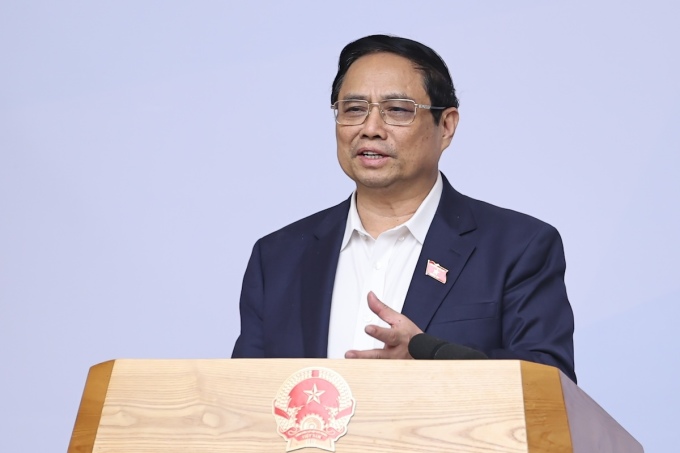
Prime Minister Pham Minh Chinh speaks at the Conference on Rapid and Sustainable Development of Vietnam Tourism on November 15. Photo: VGP
Today, Minister of Culture, Sports and Tourism Nguyen Van Hung proposed expanding the list of cities piloting night-time economic development and studying policies to support the development of night-time tourism alongside other types of tourism.
"Night economy" - economic activities associated with entertainment and dining for tourists and locals from 6pm every day to 6am the next morning, is developing strongly in many Asian countries.
For example, in China, the night economy has exceeded 30,000 billion yuan and 36,000 billion yuan in 2020 - 2021. Before the pandemic, Bangkok's entertainment-related economic activities also contributed over 1% of GDP to the Thai economy (reaching 5 billion USD). To revive this economy after the pandemic, at the end of 2022, Thai Tourism and Sports Minister Phiphat Ratchakitprakarn proposed extending the opening hours to 4:00 a.m. for nightclubs in Bangkok, Pattaya, Phuket, Phang-nga and Krabi.
Vietnam aims to welcome at least 35 million international visitors and 120 million domestic visitors by 2025, and 50 million international visitors and 160 million domestic visitors by 2030. However, to achieve this goal and develop tourism into a spearhead economic sector, Prime Minister Pham Minh Chinh said "it is necessary to innovate thinking and working methods with creative and innovative measures and to have more close links between localities and ministries".
He analyzed that the linkage in tourism development between ministries, sectors and localities, especially in terms of management, promotion, product development and human resources, is not substantial and effective. Currently, there is still a situation of "each doing his own thing", the linkage between transport, health and tourism is not tight, and strategic partnerships and cooperation for mutual development have not been formed. Service chains and national stimulus campaigns have not been established.
Tourism products are not focused and do not have many unique products. Market assessment, forecasting and development orientation are not clear and resources for tourism promotion are scattered and limited.
In addition, the industry also faces challenges from globalization and integration trends, changing world tourism demands, or slowing geopolitical and economic conflicts in traditional markets.
In order for Vietnamese tourism to recover and take off, the Prime Minister requested to increase connectivity, promote the leading role of major tourism centers (Hanoi, Da Nang, Ho Chi Minh City, Khanh Hoa, Can Tho...), as well as form regional connectivity as a driving force for tourism growth, develop quality human resources and unique products based on Vietnam's own potential and advantages.
"Tourism development must be placed within the overall socio-economic development, with the role of a spearhead economic sector. Therefore, the industry also needs to promote integrated public-private governance models to form many businesses with strong brands, and increase technology application, promoting digital transformation in this field," the Government leader noted.
Source link



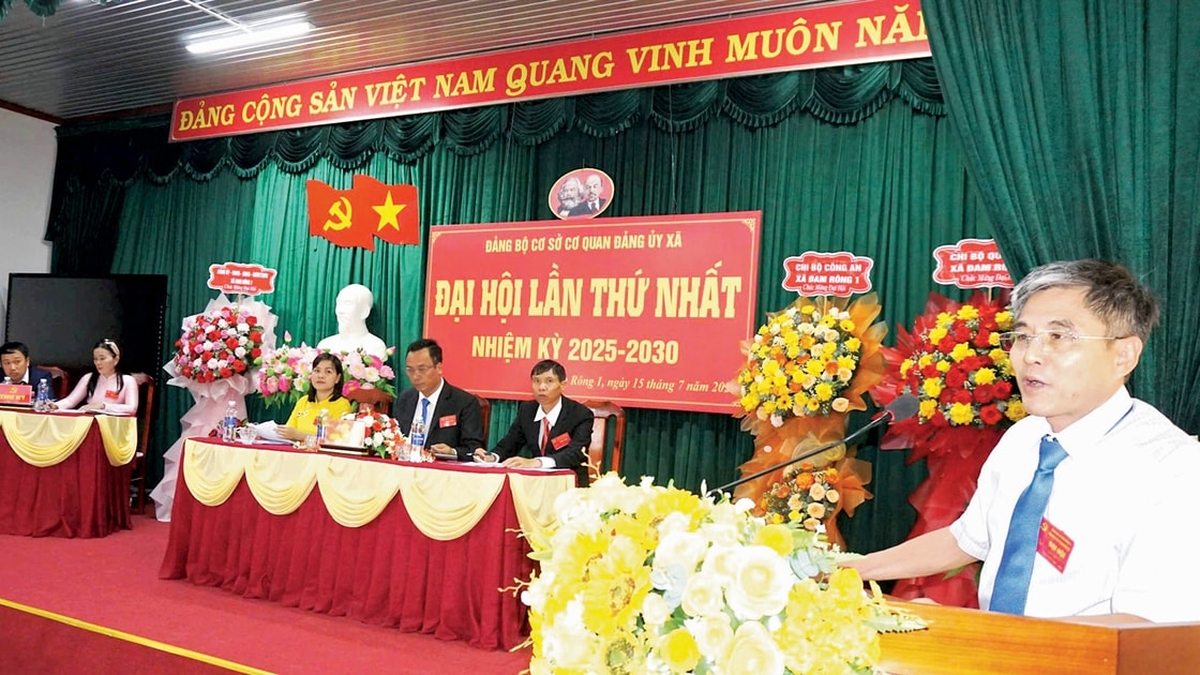
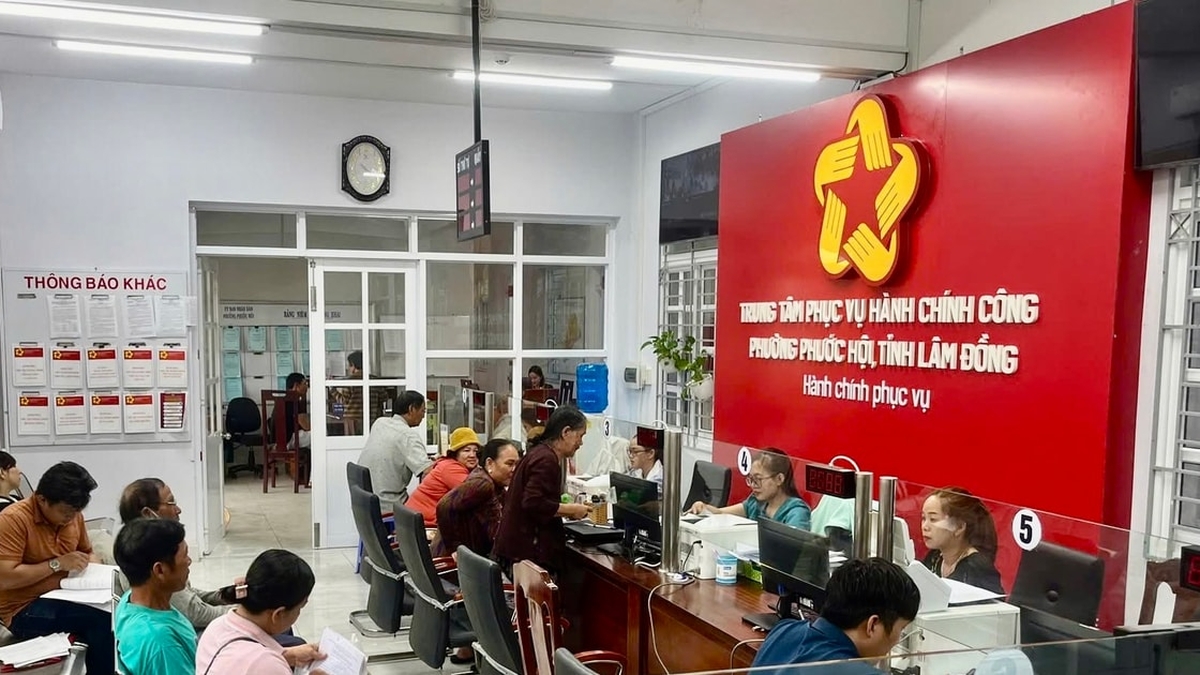
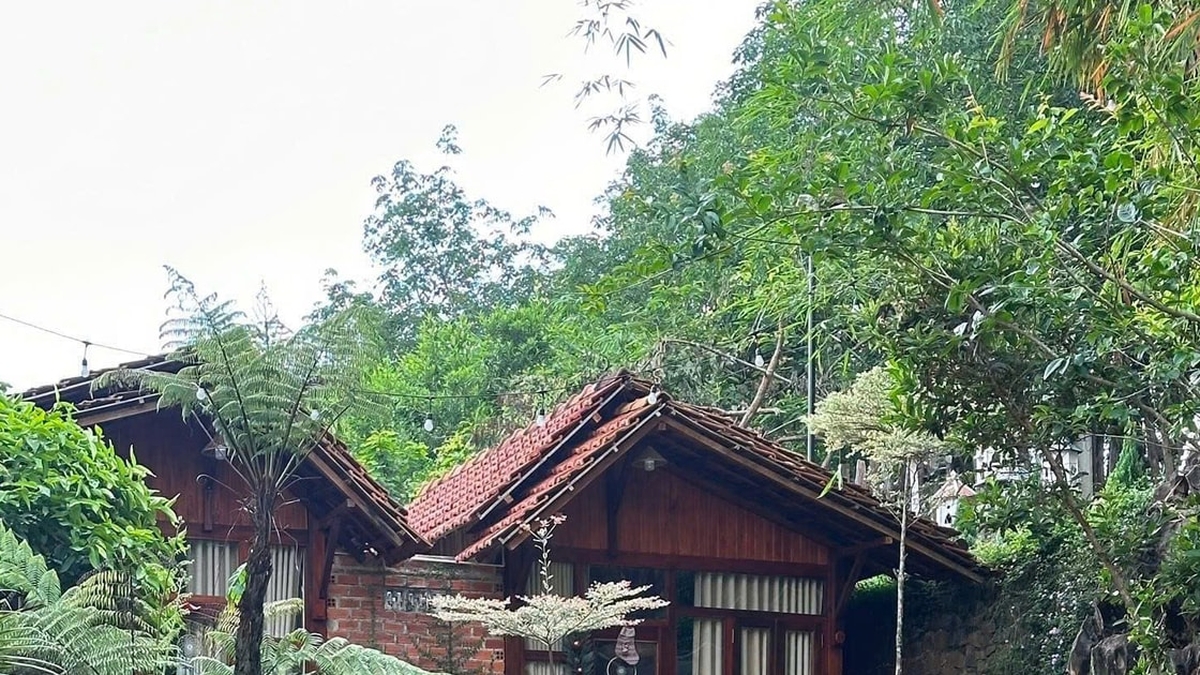
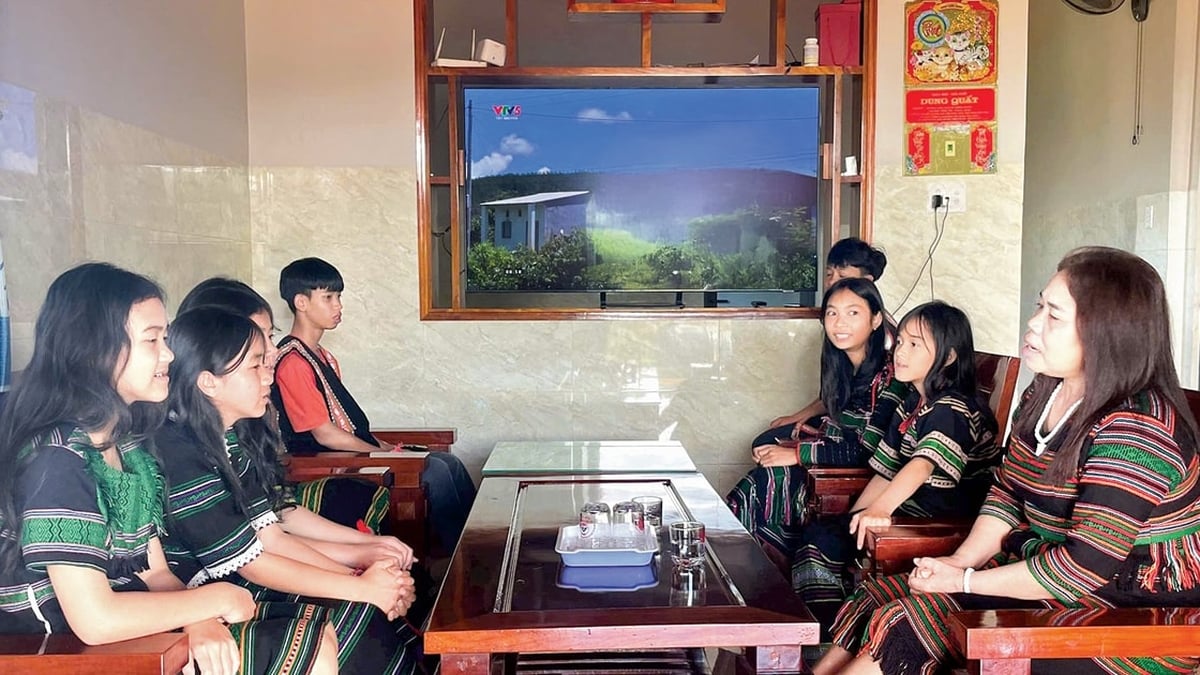
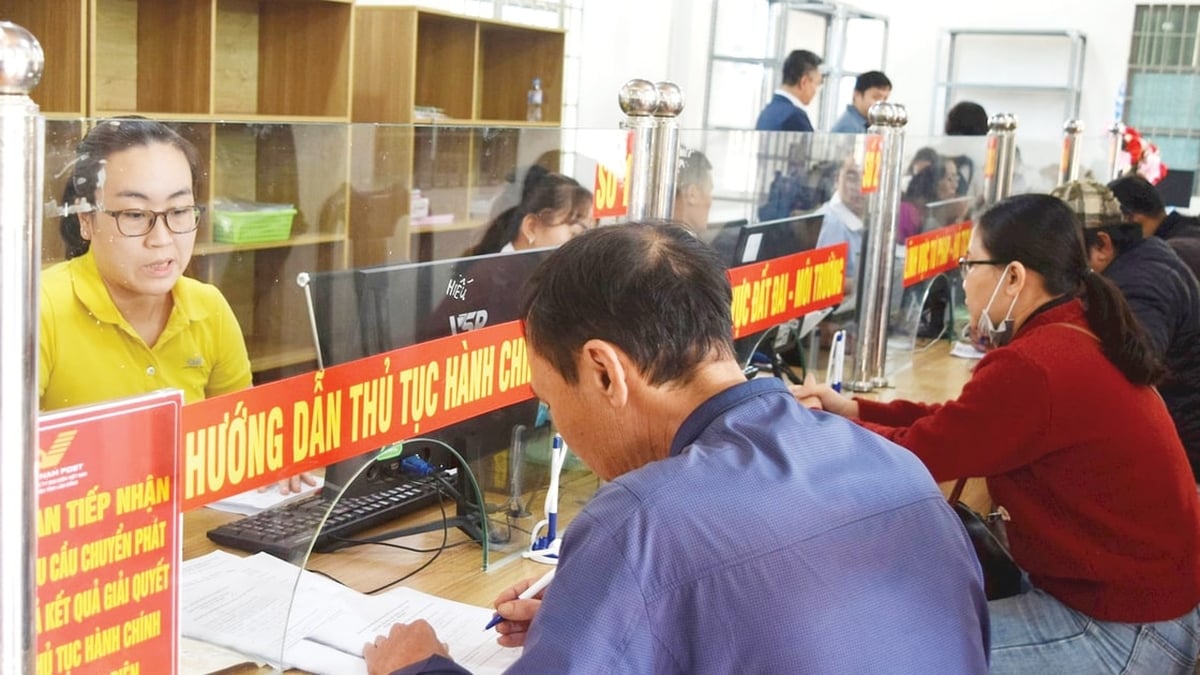
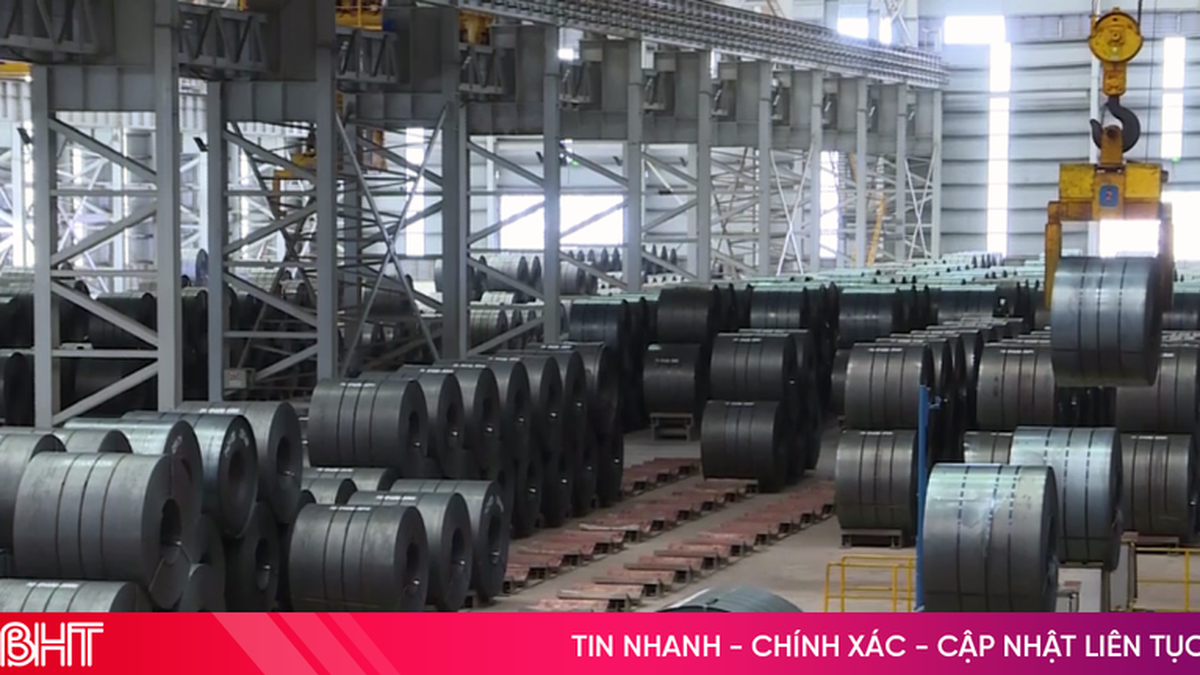

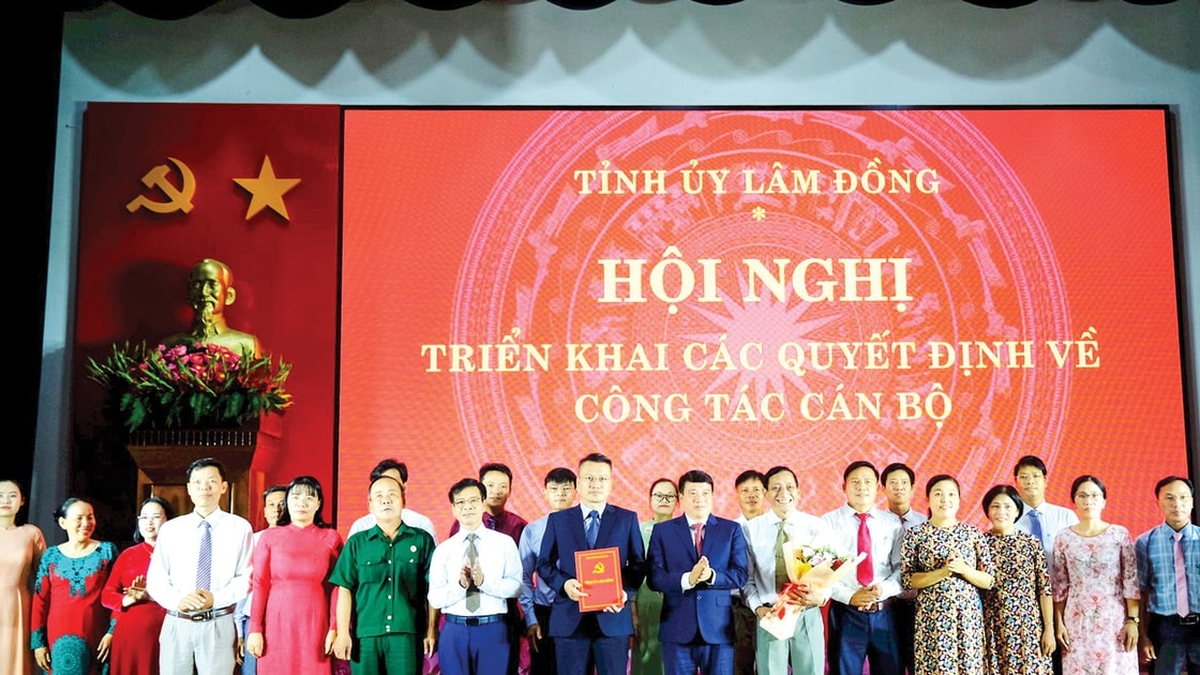
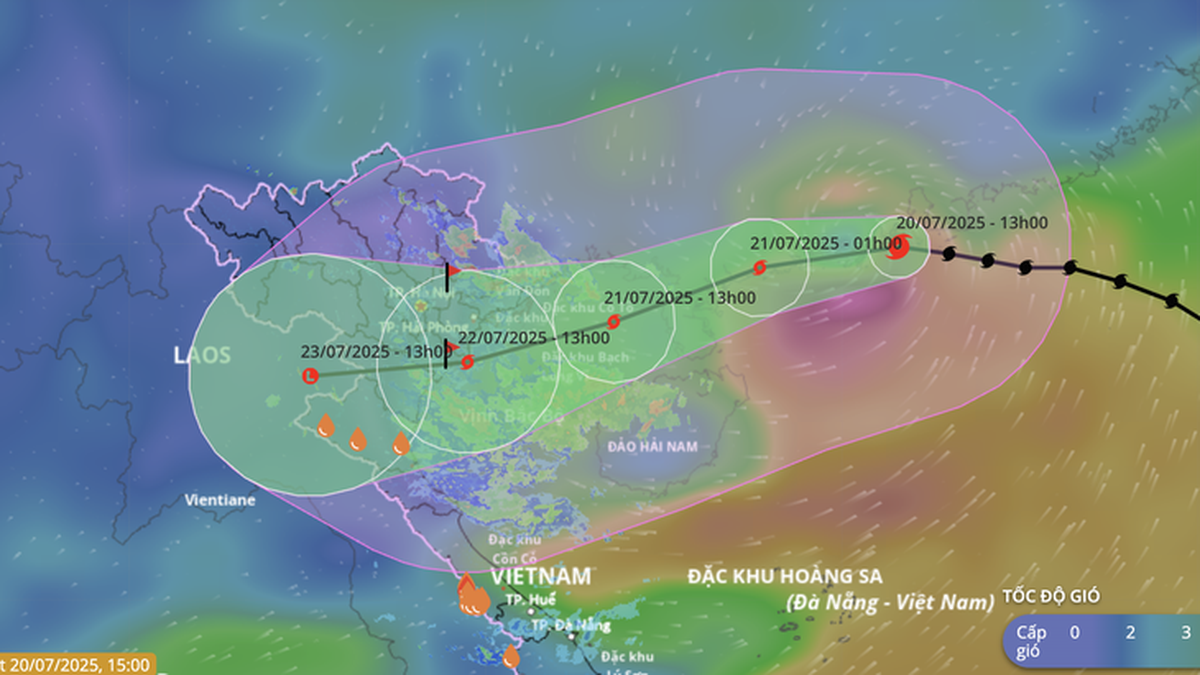

















![[Photo] National Assembly Chairman Tran Thanh Man visits Vietnamese Heroic Mother Ta Thi Tran](https://vphoto.vietnam.vn/thumb/1200x675/vietnam/resource/IMAGE/2025/7/20/765c0bd057dd44ad83ab89fe0255b783)




































































Comment (0)